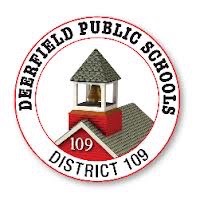“Either write something worth reading or do something worth writing.”
– Benjamin Franklin
With President’s Day approaching (February 20, 2017) I thought it would be a good time to share some thoughts about how a college professor from an undergraduate course on the American Presidency from many years ago impacted my life and my professional journey. A journey that currently has some powerful meaning/relevance with our district’s move to standards based grading and reporting at the middle school. With this blog post, I’ll draw the connections!
As a former 6th and 8th grade social studies teacher (U.S. history, civics, law, world history, reading, etc.) I have a deep interest in our nation’s culture, history, values, beliefs, celebrations, etc. In addition, I hold a degree in political science, so I have been a “policy wonk” for many years, and to this day I follow the news, politics, etc. With President’s Day approaching I am reminded of the powerful impact a professor’s act of kindness and care from many years ago and from an undergraduate course on the American Presidency.
While I was a student at the University of Illinois at Chicago, UIC, I had some of the best teachers in my life. The late Dr. Twiley Barker Jr., Dr. Kevin Lyles, and Dr. Andrew McFarland, to name a few. During a course on the American Presidency, POLS 229, an event took place in my life that impacted my philosophies, beliefs, and actions as a teacher and educational leader over the past 25 years. In some ways it likely shaped my philosophies and impact as a teacher and as an educational leader so many years later. Right now there is a current challenging transition from percentage grades to standards based grades at the middle school level in my district. Looking back at my personal educational history, I’m reminded of why meaningful feedback, teacher /student relationships, and the mastery of content and the flexibility of instruction supersedes any percentage grade or mark in terms of meaningful feedback and communication about learning.
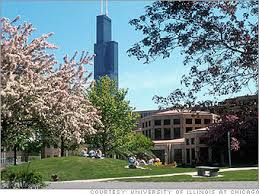
In our district right now we are engaged in a transformation/change process with learning, teaching, grading, reporting and assessing. The implementation of standards based grading, reporting and assessment is ongoing in our school district; there were pretty much no problems when we made the change at the elementary school level (K-5) four years ago.
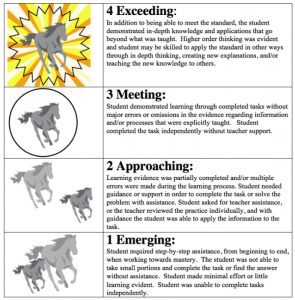
This is the first year of the middle school implementation of the standards based system, the transition is challenging in part because there is confusion and inconsistency as well as the fact that it is change and that in and of itself causes challenges.
One of the cornerstones of transitioning to standards based learning, grading, etc. is the mindset shift and the concept shift. For example, with the concept shift of instructional change, the zero goes away. The concept of NO MORE ZERO grades and the concept  of mastery (or do-over) becomes the focus. Grades/reporting/assessment results are NOT used for “responsibility” or “reward” or “preparation for the next level in education”, instead grades/reporting/assessment results are used to communicate what is learned, what needs to be learned and what is next to be learned. With this blog post, I’m reflecting on the congruity of an impactful event in my life during an undergraduate course, and the realization that this impactful event has impacted my beliefs whether I consciously knew about it or not. This is an “aha” moment for me – this is partially why I so strongly believe the growing pains and transition are worth the time, effort, energy, and extra work involved in the middle school standards based grading situation.
of mastery (or do-over) becomes the focus. Grades/reporting/assessment results are NOT used for “responsibility” or “reward” or “preparation for the next level in education”, instead grades/reporting/assessment results are used to communicate what is learned, what needs to be learned and what is next to be learned. With this blog post, I’m reflecting on the congruity of an impactful event in my life during an undergraduate course, and the realization that this impactful event has impacted my beliefs whether I consciously knew about it or not. This is an “aha” moment for me – this is partially why I so strongly believe the growing pains and transition are worth the time, effort, energy, and extra work involved in the middle school standards based grading situation.
 Change is hard (I’ve written a lot about the change process) – Unlearning is hard (I have also written about this concept).
Change is hard (I’ve written a lot about the change process) – Unlearning is hard (I have also written about this concept).
My college professor Dr. Andrew McFarland gave me a chance in the “real world” -when I was in college. Because he knew me, he knew what kind of student I was – he knew my passion for political science he treated me like I was more than a percentage or a score. Dr. McFarland also taught so that students would learn. He had high standards for each and every student and he held himself to high standards too.
So what is this all about? What is this big event that caused me an “aha” moment? Dr. McFarland called me one night while I was eating dinner with my parents; it was 5:30pm – I don’t know how I remember this fact, but I do. This event took place in 1988 or 1999 and I still vividly remember our call!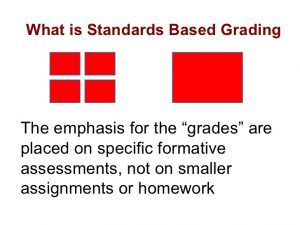
He called me that night because earlier that day when I took the final exam, I inadvertently forgot to answer one or two additional questions. If Dr. McFarland graded or assessed based on the “old” system I would have received an F. Dr. McFarland, though, was using standards based learning and instruction (whether he or I knew it or not). He called me on the phone and asked me to respond to the final exam question prompts – for 30 maybe 60 minutes. Because he cared about learning – not about percentages or “harsh” lessons, I was able to demonstrate mastery and competency of the American Presidency course (in which I did earn an A, not only because of what I learned, but more importantly, because my professor cared about discovering what his students knew).
He assessed my knowledge acquisition in an alternative learning setting because my teacher was more concerned about assessing my learning and mastery than he was about issuing a grade or a percentage. Had this caring professor used traditional methods I would have failed the exam. In my opinion and in my experiences, standards based grading, reporting, learning, and assessment actually prepares people for real life by holding them accountable to learn. Thank you Dr. McFarland!
You see, opponents to mastery grading, or standards based grading & reporting systems think the “old” 100, 90, 80, 70, 60, 50 percentage system somehow makes sense (it does not) and somehow  prepares people for “the real world” (it does not) or prepares them for high school/college.
prepares people for “the real world” (it does not) or prepares them for high school/college.
Well it doesn’t do any of that; but it’s hard for people to unlearn what they know and what they think they know.
It’s hard for people to accept new research studies and effects when those new studies and effects are different than what they experienced.
Our district will transition and in partnership with parents, teachers, administrators, and students, we will do what is best for students. I’m grateful to a wonderful college professor who made a lasting impact on me. A teacher’s impact is lasting and forever; let’s use grades, reporting, and assessment to build strong learned people. Let’s use modern instructional strategies to maximize the impact and effect. Let’s help people unlearn practices that make no sense other than to have been used in their past school experiences. Preparing students for the future world requires teaching them content that is meaningful in learning environments that are powerfully purposeful and full of clear, regular, meaningful feedback and opportunities to learn and demonstrate learning.
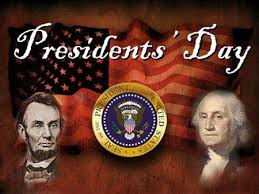
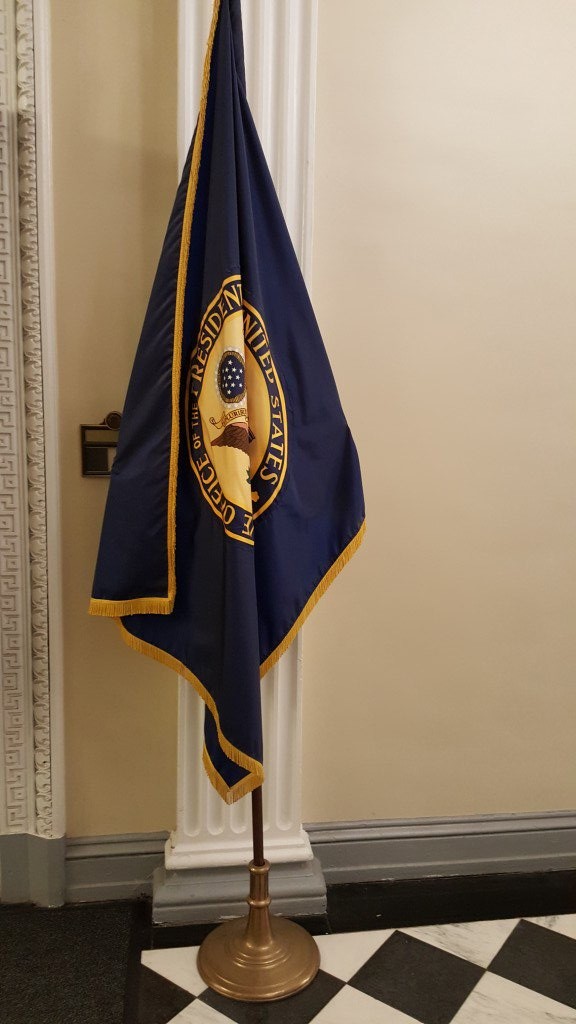

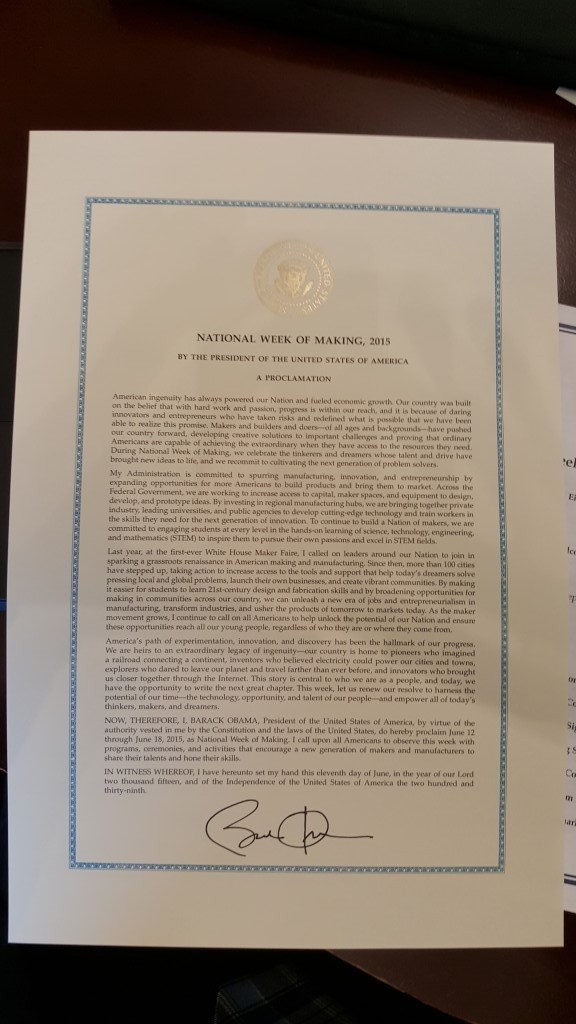
 an or suburban environment. Making can relate to construction, programming, designing, learning, thinking, working – pretty much anything. Making takes us out of the “fill in the bubble on the answer sheet” driven system into a “create something different in this space from these materials to accomplish learning objectives x, y, and z”. The picture to the left is an example of an actual computer -with a 1Ghz processor and 4GB storage – with micro USB power, composite audio and video and pins for connecting with other components … I met the designer of this item called CHIP and he taught me and my superintendent colleagues a thing or two (or three) about the concept of a computer. I plan to find some interested students next year and purchase some of these CHIP computers so the designer Dave can learn from our students’ unique uses for CHIP and our students can learn from a really cool entrepreneur doing now what industry demands – he is “making” and designing. This is but one of many examples of creation, original thinking, technology and the future of our education system and our society.
an or suburban environment. Making can relate to construction, programming, designing, learning, thinking, working – pretty much anything. Making takes us out of the “fill in the bubble on the answer sheet” driven system into a “create something different in this space from these materials to accomplish learning objectives x, y, and z”. The picture to the left is an example of an actual computer -with a 1Ghz processor and 4GB storage – with micro USB power, composite audio and video and pins for connecting with other components … I met the designer of this item called CHIP and he taught me and my superintendent colleagues a thing or two (or three) about the concept of a computer. I plan to find some interested students next year and purchase some of these CHIP computers so the designer Dave can learn from our students’ unique uses for CHIP and our students can learn from a really cool entrepreneur doing now what industry demands – he is “making” and designing. This is but one of many examples of creation, original thinking, technology and the future of our education system and our society.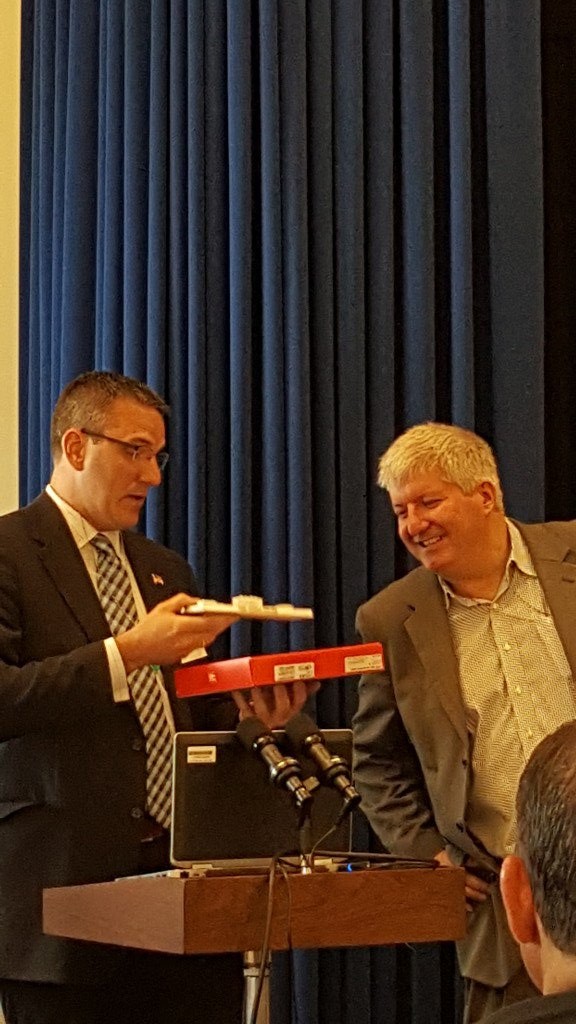 t Obama to Tom Kalil.
t Obama to Tom Kalil.